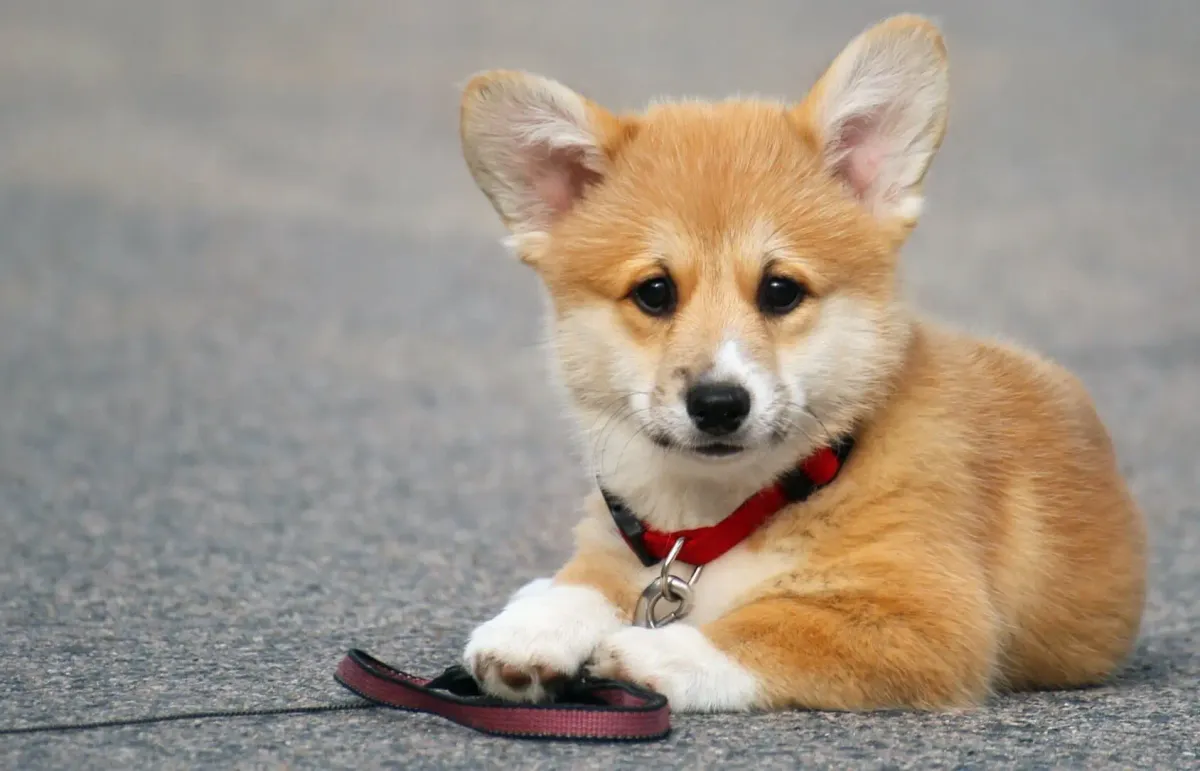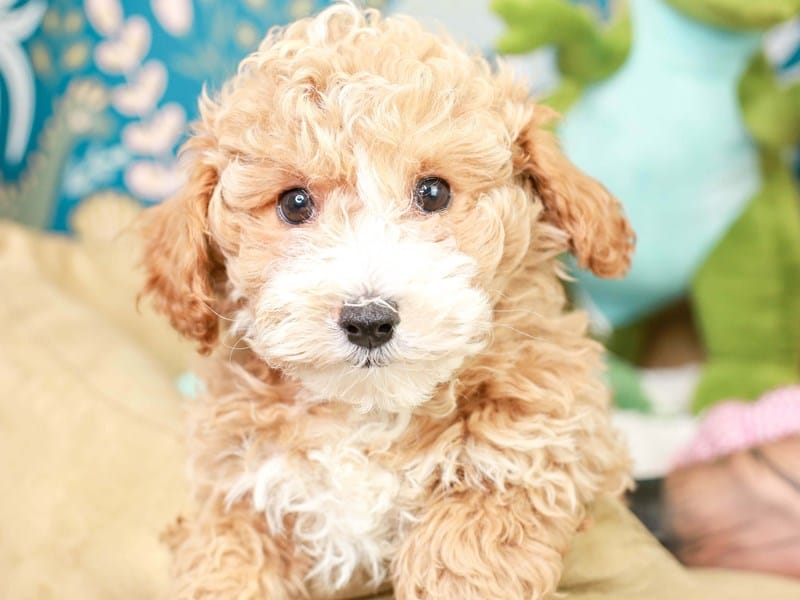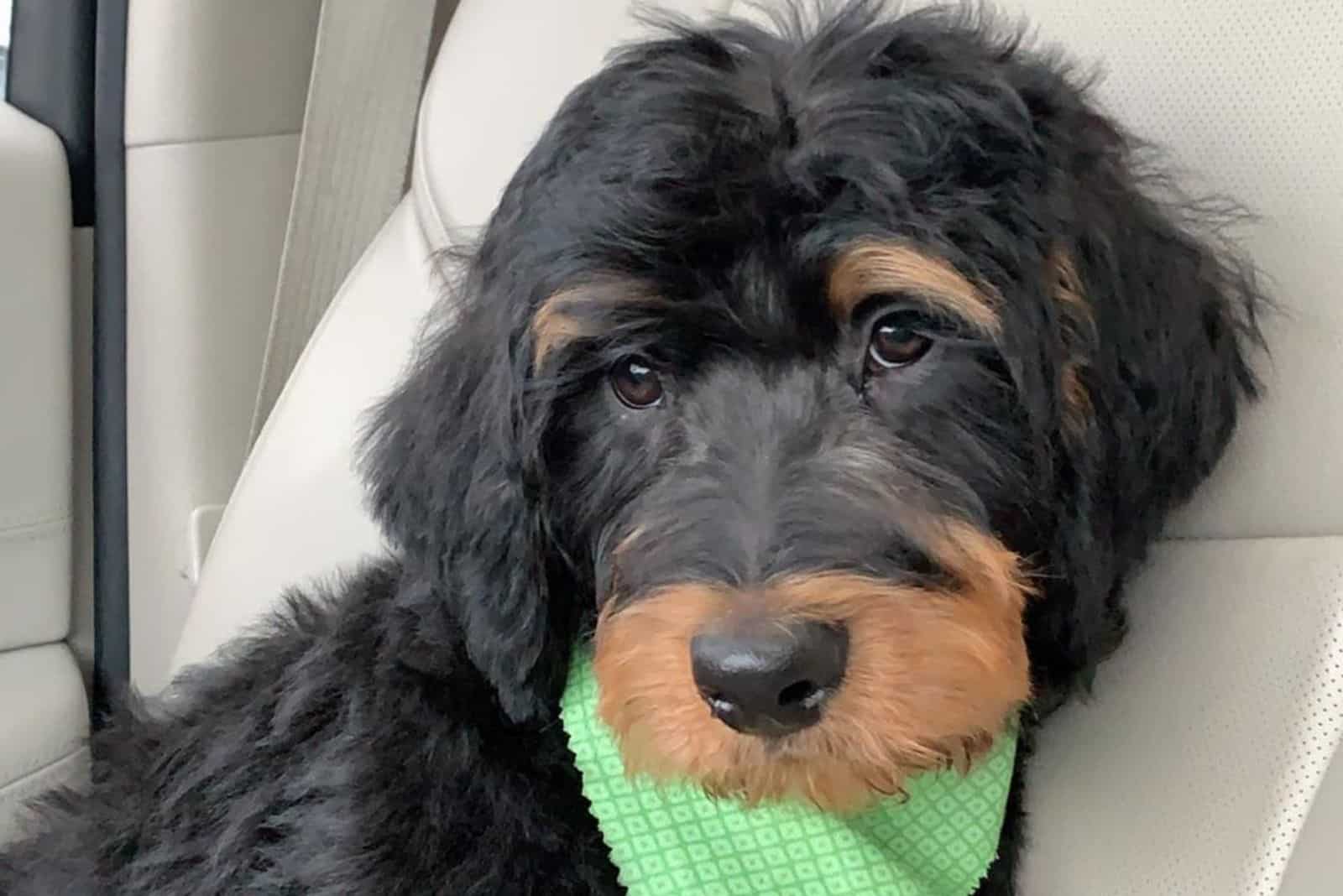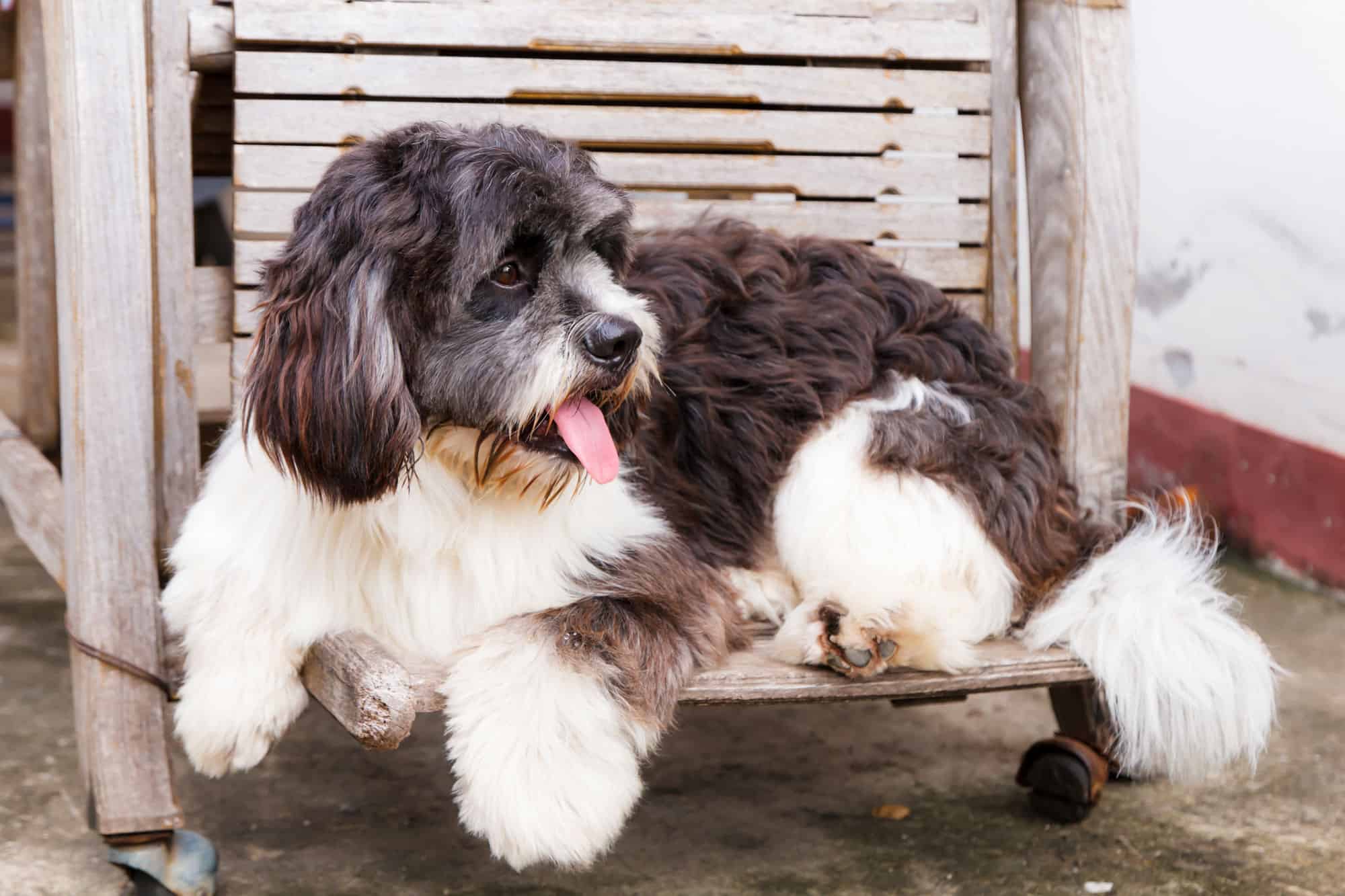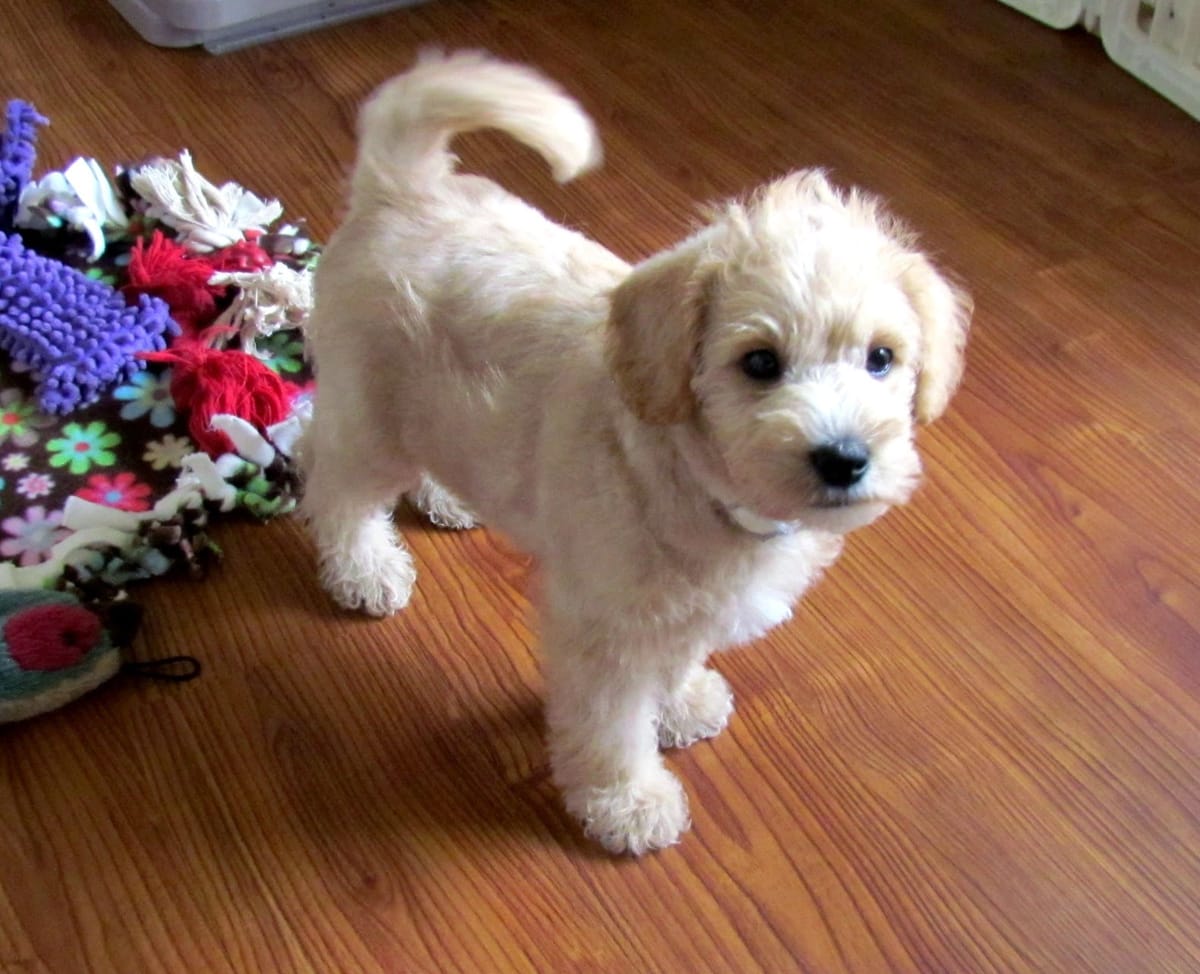Siberian Huskies are a popular breed of dog known for their energetic and playful nature. They are also known for their thick, fluffy fur, which requires regular grooming to keep it healthy and tangle-free. One important aspect of grooming a Siberian Husky is choosing the right collar, especially for a puppy.
When it comes to selecting a collar for a Siberian Husky puppy, there are a few factors to consider. First and foremost, it is important to choose a collar that is the right size. A collar that is too tight can be uncomfortable and even harmful, while a collar that is too loose can slip off or get caught on something. Additionally, it is important to choose a collar that is durable and able to withstand the active and adventurous nature of a Siberian Husky puppy.
There are several types of collars to choose from, including flat collars, martingale collars, and harnesses. Each type of collar has its own benefits and drawbacks, and the best choice will depend on the individual needs and preferences of the puppy and its owner. With careful consideration and research, it is possible to find the best collar for a Siberian Husky puppy that will keep them safe, comfortable, and stylish.
Choosing the Right Collar
When it comes to choosing the right collar for a Siberian Husky puppy, there are several factors that should be taken into consideration. A collar should be comfortable for the puppy to wear while also being durable and secure. In this section, we will discuss the different types of collars available, material considerations, and size and adjustability.
Fi GPS Tracking Dog Collar
Fi GPS tracking Dog Collar is ideal for helping keep your Siberian Husky puppy in the best shape. It enables you to track the dog's exertion levels and steps, which you can compare to other dogs of similar breeds within your neighborhood.
These tracking collars come in four core colors: pink, blue, gray, and yellow. They're a perfect fit for dogs whose neck sizes range between 11.5 and 34.5 inches. With its GPRS tracking feature, you'll instantly get a phone alert if your pup friend ever gets out unexpectedly. Also our collar comes in multiple sizes so you can buy bigger sizes of the collar band as your puppy grows.
Specifications
- Unmatched battery life lasting up to three months between charges
- An accurate way to get notified when your dog escapes
- Shows your dog's location history
- Compatible with smartphone devices
- Supports alarm applications
- Waterproof
Collar Types and Their Purposes
There are several types of collars available, each with their own purpose. The most common types of collars include flat collars, martingale collars, and harnesses.
- Flat collars are the most basic type of collar and are suitable for most puppies. They are made of nylon or leather and have a buckle or snap closure. Flat collars are ideal for attaching identification tags and are often used for training purposes.
- Martingale collars are designed to prevent a puppy from slipping out of their collar. They have a limited slip feature that tightens slightly when the puppy pulls on the leash. Martingale collars are recommended for puppies that have a tendency to back out of their collars.
- Harnesses are another option for puppies, especially those that pull on the leash. They distribute the pressure more evenly across the puppy's body, making them a good choice for puppies with respiratory issues or neck injuries.
Material Considerations
The material of the collar is an important consideration when choosing a collar for a Siberian Husky puppy. Nylon and leather are the most common materials used for collars. Nylon collars are lightweight and come in a variety of colors and patterns. Leather collars are more durable and can last for years with proper care.
It is important to choose a collar that is made of high-quality materials and is comfortable for the puppy to wear. Avoid collars that are too tight or too loose, as they can cause discomfort or be easily slipped off.
Size and Adjustability
The size and adjustability of the collar are also important factors to consider. A collar that is too tight can cause discomfort or even injury, while a collar that is too loose can slip off. It is important to measure the puppy's neck before purchasing a collar to ensure a proper fit.
Many collars come with adjustable features, such as buckles or snaps, to allow for a more customized fit. It is important to check the collar regularly to ensure that it is still fitting properly and adjust it as needed.
Overall, choosing the right collar for a Siberian Husky puppy requires careful consideration of the collar type, material, size, and adjustability. By taking these factors into account, owners can find a collar that is comfortable, durable, and secure for their new furry friend.
Understanding the Siberian Husky Breed
Siberian Huskies are one of the most popular dog breeds in the world. They are known for their wolf-like appearance, intelligence, and friendly nature. If you are thinking of getting a Siberian Husky puppy, it is important to understand their breed characteristics, temperament, and energy levels.
Temperament and Energy Levels
Siberian Huskies are known for their friendly and outgoing temperament. They are social dogs that love to interact with people and other animals. However, they can also be independent and stubborn at times, which can make them challenging to train.
Siberian Huskies are also high-energy dogs that require plenty of exercise and mental stimulation. They were originally bred to pull sleds over long distances, so they have a lot of stamina and endurance. It is important to provide them with plenty of opportunities to run and play to prevent them from becoming bored or destructive.
Size and Growth Patterns
Siberian Huskies are medium-sized dogs that typically weigh between 35 and 60 pounds. They are generally healthy dogs with a lifespan of 12 to 15 years. However, like all breeds, they are prone to certain health issues, such as hip dysplasia and eye problems.
Siberian Husky puppies grow quickly in their first few months of life. They can gain up to 10 pounds per month during this time. It is important to feed them a high-quality diet and provide them with plenty of exercise to support their growth and development.
Coat Characteristics
Siberian Huskies have a thick double coat that helps to keep them warm in cold weather. Their coat is made up of a soft, dense undercoat and a longer, coarser outer coat. They shed their coat twice a year, which can be a challenge for owners who do not enjoy cleaning up dog hair.
It is important to brush your Siberian Husky's coat regularly to prevent matting and tangling. You may also need to bathe them occasionally to keep their coat clean and healthy.
In summary, Siberian Huskies are friendly, high-energy dogs that require plenty of exercise and mental stimulation. They have a thick double coat that requires regular grooming. If you are considering a Siberian Husky puppy, it is important to understand their breed characteristics and provide them with the care and attention they need to thrive.
Training and Behavior Management
Importance of Early Training
Training a Siberian Husky puppy is crucial to ensure that they grow up to be well-behaved and obedient dogs. Early training helps in establishing a strong bond between the owner and the puppy, and sets the foundation for future behavior management.
Puppies are like sponges and can learn quickly, making it important to start training as early as possible. Basic commands such as "sit", "stay", and "come" should be introduced in a positive and fun manner. Consistency and positive reinforcement are key to successful training.
Collar-Based Training Techniques
Collar-based training techniques are effective in teaching a Siberian Husky puppy basic obedience commands. It is important to choose the right collar that is comfortable and fits properly. A collar that is too tight can cause discomfort and a collar that is too loose can slip off.
One of the most popular collar-based training techniques is the "clicker training" method. This method involves using a clicker to mark the desired behavior and reward the puppy with treats. Another technique is the "prong collar" method, which involves using a collar with prongs that apply pressure to the dog's neck when they pull on the leash.
It is important to note that collar-based training techniques should be used in conjunction with positive reinforcement and not as a punishment. Harsh methods can lead to fear and aggression in the puppy.
In conclusion, early training and collar-based training techniques are essential in managing the behavior of a Siberian Husky puppy. Consistency, positive reinforcement, and the right collar are key to successful training.
Safety and Comfort
When it comes to choosing a collar for a Siberian Husky puppy, safety and comfort are two of the most important factors to consider. Here are some tips to ensure your puppy's collar is both safe and comfortable.
Proper Fit and Adjustment
The collar should fit snugly around the puppy's neck without being too tight or too loose. A good rule of thumb is to make sure you can fit two fingers between the collar and the puppy's neck. This ensures that the collar is not too tight, which can cause discomfort and even injury, but also not too loose, which can result in the puppy slipping out of the collar and getting lost.
It's also important to adjust the collar as the puppy grows. Check the fit of the collar regularly and loosen or tighten it as necessary to ensure a proper fit.
Preventing Escape and Injury
Siberian Husky puppies are known for their high energy and tendency to escape, so it's important to choose a collar that will prevent them from slipping out. A martingale collar, which tightens slightly when the puppy pulls, can be a good option for preventing escape.
It's also important to choose a collar that won't cause injury if the puppy does manage to escape. Avoid collars with metal buckles or tags that can get caught on objects and cause choking or strangulation. Instead, opt for a collar with a breakaway or safety release feature that will release the collar if it gets caught on something.
By following these tips, you can ensure that your Siberian Husky puppy's collar is both safe and comfortable, giving you peace of mind while you enjoy your time together.
Maintenance and Durability
Cleaning and Care
One of the most important aspects of maintaining a collar for a Siberian Husky puppy is to keep it clean. Since Huskies are known for their love of the outdoors, their collars can quickly become dirty and smelly. It is recommended to clean the collar regularly to avoid any skin irritation or infection caused by bacteria buildup.
To clean the collar, owners can use a mild soap and warm water. They should avoid using any harsh chemicals or bleach as it can damage the collar's material. After cleaning, the collar should be rinsed thoroughly and air-dried completely before putting it back on the puppy.
When to Replace a Collar
The durability of a collar is also an important factor to consider when choosing the best collar for a Siberian Husky puppy. Since Huskies are active and playful, their collars can experience wear and tear over time. It is recommended to inspect the collar regularly for any signs of damage or weakness such as frayed edges, cracks, or tears.
If the collar is damaged, it should be replaced immediately to avoid any potential safety hazards. It is also recommended to replace the collar every six months to ensure that it remains in good condition and fits properly as the puppy grows.
Overall, maintaining a collar for a Siberian Husky puppy requires regular cleaning and inspection for any signs of damage. By following these simple steps, owners can ensure that their puppy's collar remains durable and comfortable for their daily adventures.
Additional Accessories
When it comes to owning a Siberian Husky puppy, there are a few additional accessories that can be helpful for keeping them safe and secure.
ID Tags and Microchips
One of the most important accessories for any dog is an ID tag. This is a small tag that attaches to the dog's collar and includes their name and your contact information. In the event that your dog gets lost, an ID tag can help ensure that they are returned to you quickly.
In addition to an ID tag, many pet owners also choose to have their dogs microchipped. A microchip is a small device that is implanted under the dog's skin and contains their owner's contact information. If a lost dog is brought to a shelter or veterinary clinic, they can scan for the microchip and contact the owner.
Leashes and Harnesses
Another important accessory for a Siberian Husky puppy is a leash and harness. A leash is used to keep your dog under control while out for walks or runs, while a harness can help prevent neck injuries and provide more control over your dog.
When choosing a leash and harness for your Siberian Husky puppy, it's important to choose ones that are sturdy and well-made. Look for leashes and harnesses made from high-quality materials that can withstand your dog's energy and strength.
Overall, investing in these additional accessories can help keep your Siberian Husky puppy safe and secure, both at home and while out on walks or runs.
Popular Collar Brands and Reviews
When it comes to choosing a collar for a Siberian Husky puppy, there are several popular brands to consider. Here are a few options with brief reviews:
1. Blue-9 Balance Harness
The Blue-9 Balance Harness is a popular choice for many dog owners, including those with Siberian Husky puppies. This harness is designed to distribute pressure evenly across the dog's body, reducing the risk of injury and discomfort. It also has a customizable fit, allowing for adjustments as the puppy grows. The harness is available in several colors and sizes.
2. PetSafe EasySport Harness
Another option to consider is the PetSafe EasySport Harness. This harness is lightweight and breathable, making it a good choice for active puppies. It also has a padded chest and belly panel for added comfort. The harness is adjustable and comes in several sizes and colors.
3. LupinePet Originals Dog Collar
For those who prefer collars over harnesses, the LupinePet Originals Dog Collar is a popular choice. This collar is made from durable nylon and has a contoured buckle for added comfort. It also comes with a lifetime guarantee, making it a good investment for long-term use. The collar is available in several sizes and designs.
4. Ruffwear Front Range Harness
The Ruffwear Front Range Harness is another popular option for Siberian Husky puppies. This harness has a padded chest and belly panel for added comfort and a customizable fit. It also has two leash attachment points for added versatility. The harness is available in several colors and sizes.
Overall, when choosing a collar for a Siberian Husky puppy, it is important to consider factors such as comfort, durability, and adjustability. These popular brands offer a range of options to meet these needs.
Conclusion
Choosing the best collar for your Siberian Husky puppy is a significant decision that impacts their safety, comfort, and behavior. By considering factors like size, durability, and safety features, and exploring various collar options, you can select a collar that meets your puppy's needs and enhances your bond with them during walks and training sessions.
FAQs About Husky Puppies and Collars
When it comes to choosing the best collar for a Siberian Husky puppy, there are a few common questions that new owners may have. Here are some frequently asked questions about husky puppies and collars:
- What size collar should I get for my husky puppy?
- It's important to choose the right size collar for your husky puppy to ensure their comfort and safety. Measure your puppy's neck and add two inches to determine the appropriate collar size. As your puppy grows, you will need to adjust the collar accordingly.
- What type of collar is best for a husky puppy?
- The best type of collar for a husky puppy is a flat collar made of durable materials such as nylon or leather. Avoid collars with chains or prongs, as these can be harmful to your puppy's delicate neck and throat.
- Should I use a harness instead of a collar for my husky puppy?
- While harnesses can be a good option for some dogs, huskies are bred to pull sleds and may find it more difficult to adjust to a harness. A flat collar is generally the best choice for a husky puppy, but if you have concerns about pulling or leash training, consult with a professional trainer.
- How often should I check my husky puppy's collar for wear and tear?
- It's important to regularly check your husky puppy's collar for signs of wear and tear, such as fraying or stretching. Replace the collar if it becomes damaged or if your puppy outgrows it. Additionally, make sure the collar is not too tight or too loose, as this can cause discomfort or even injury to your puppy.
Want to read more about collars?
